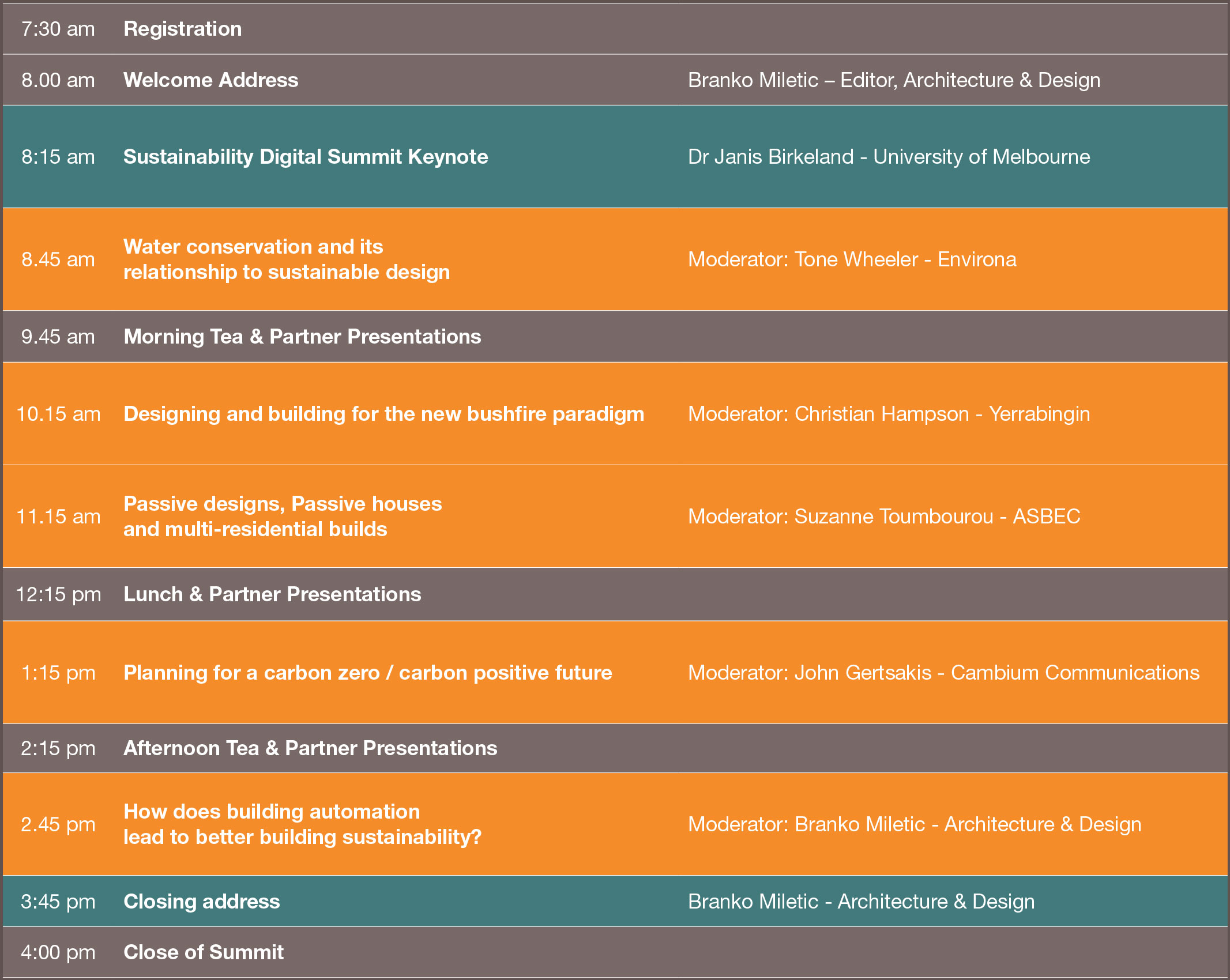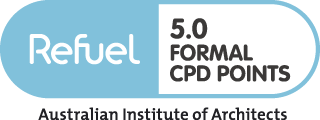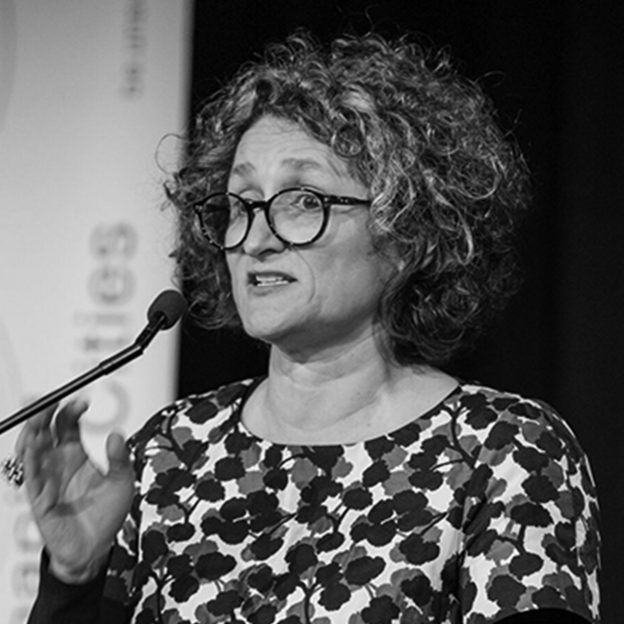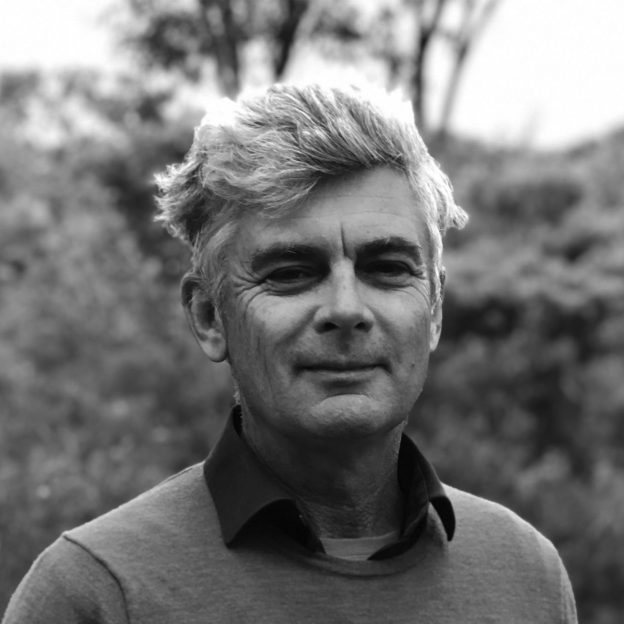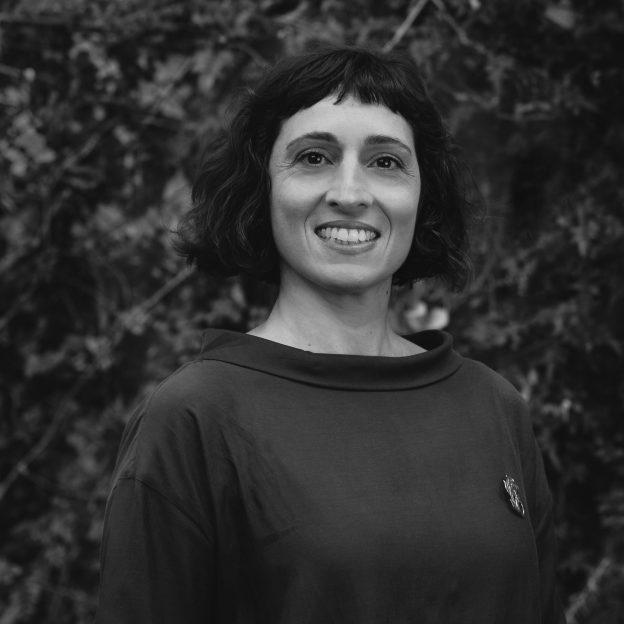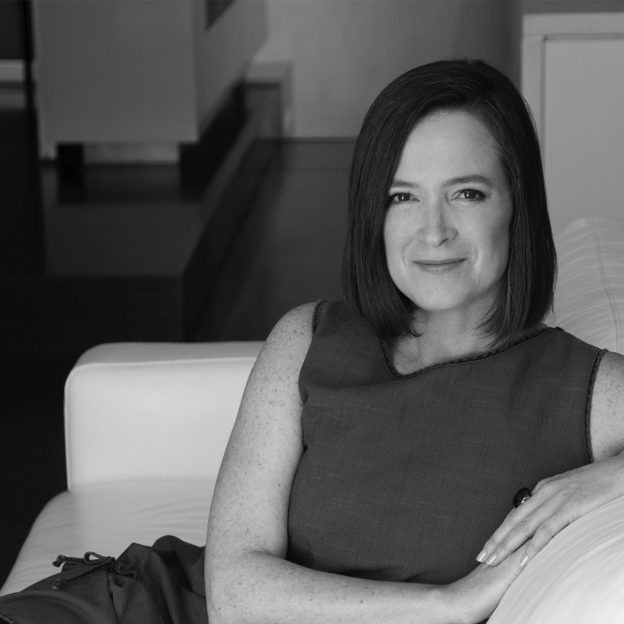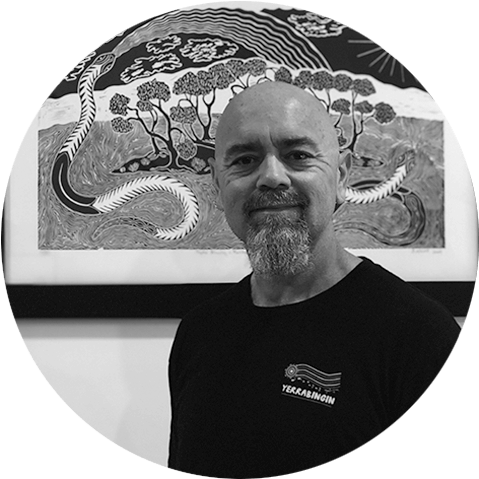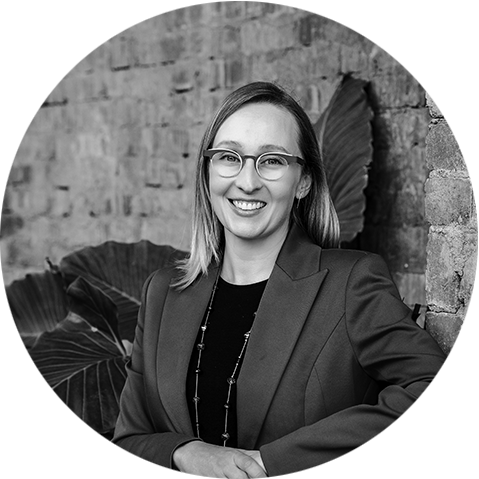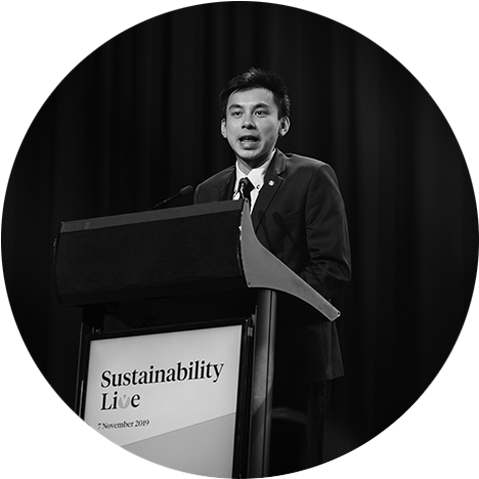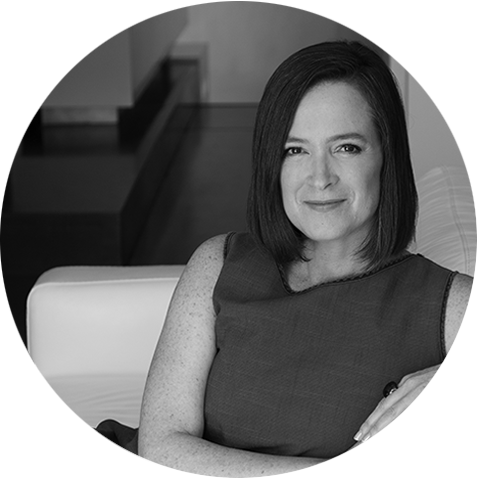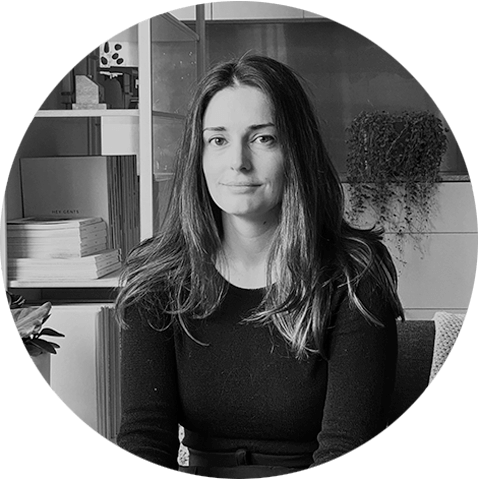How does building automation lead to better building sustainability?
Session Starts 2:45 PM
The future of building design belongs to structures with extensive sensor networks that can control temperature, monitor power and energy, and water consumption, track sustainability performance in real-time, and much more. In fact, automation is key in buildings when we are considering their longevity and the future since sustainable buildings emit less pollution and greenhouse gases, while at the same time have lower operating costs while increasing the value of the assets. They are also able to reduce energy (and water) consumption by optimising the operational efficacy. So how is all this technology changing the way buildings are designed, built and managed and how do we measure its impact on sustainability?
At the end of this panel, attendees will be able to:
- Name at least three technologies currently used in building automation applications
- What are some of the most effective ways to leverage technology to help lower carbon emissions?
- What are some of the ways technology can help reduce energy and water consumption in a building?
- What are some of the latest technologies we will soon see in the building automation field?
AACA Competency Standards related to this session: 4.7 Coordination and integration of appropriate environmental systems, including for thermal comfort, lighting and acoustics.
Moderator: Branko Miletic - Architecture & Design Speaker Panel: Nicci Leung - Lifepod Evolution | The Lifepod Project, David Meyer - CEDIA, Amanda Steele - CBRE, Sara Bell - Ample Tech, Ian Richardson - KNX Group, Anthony Adamo – Verosol
